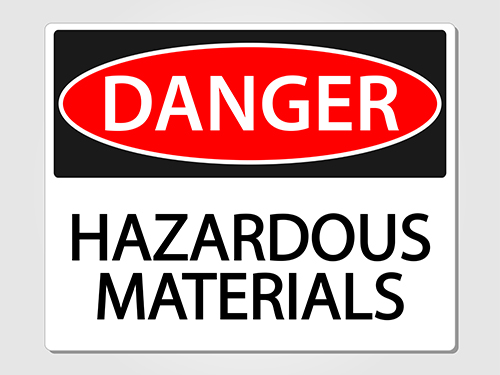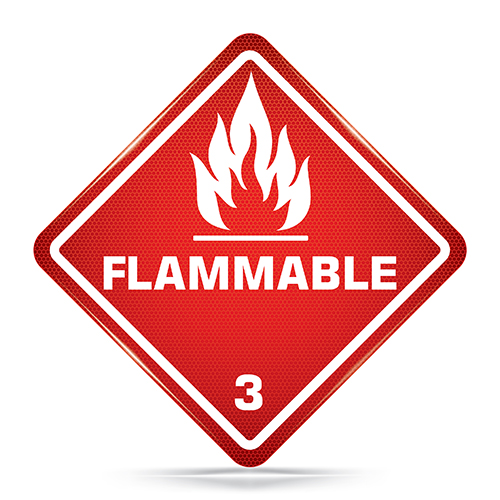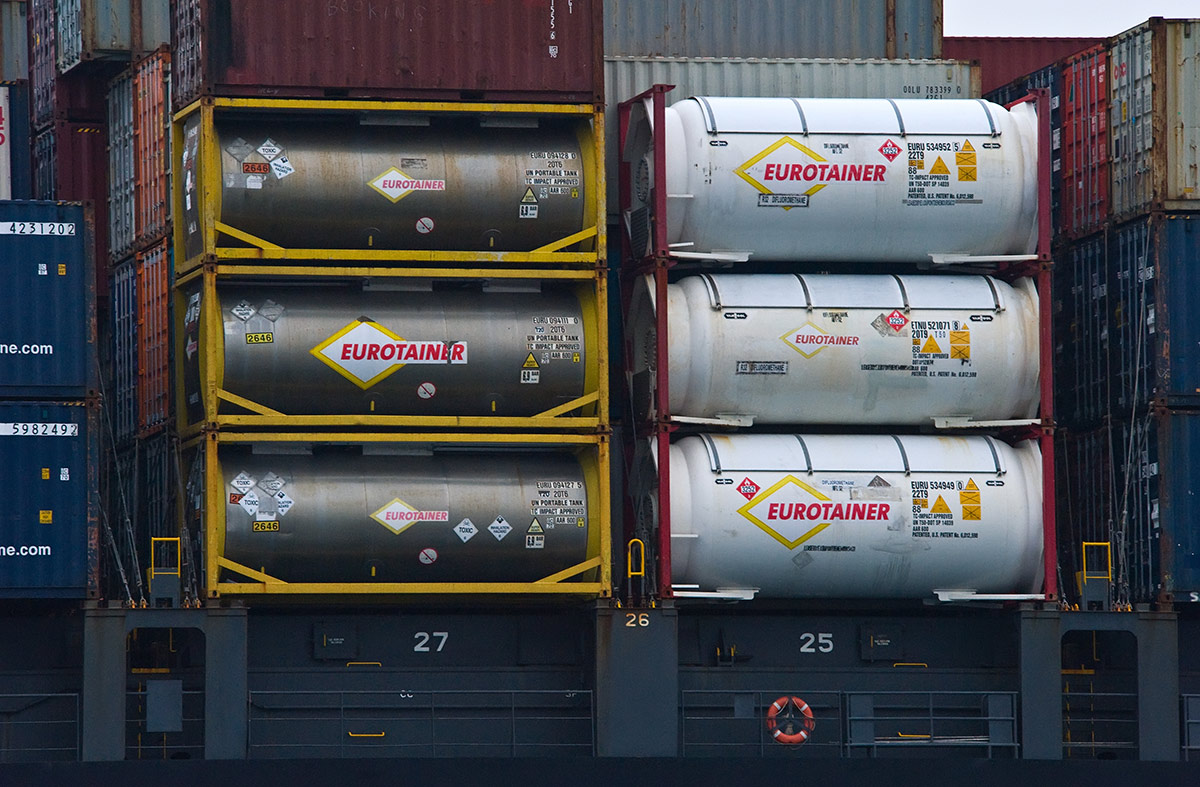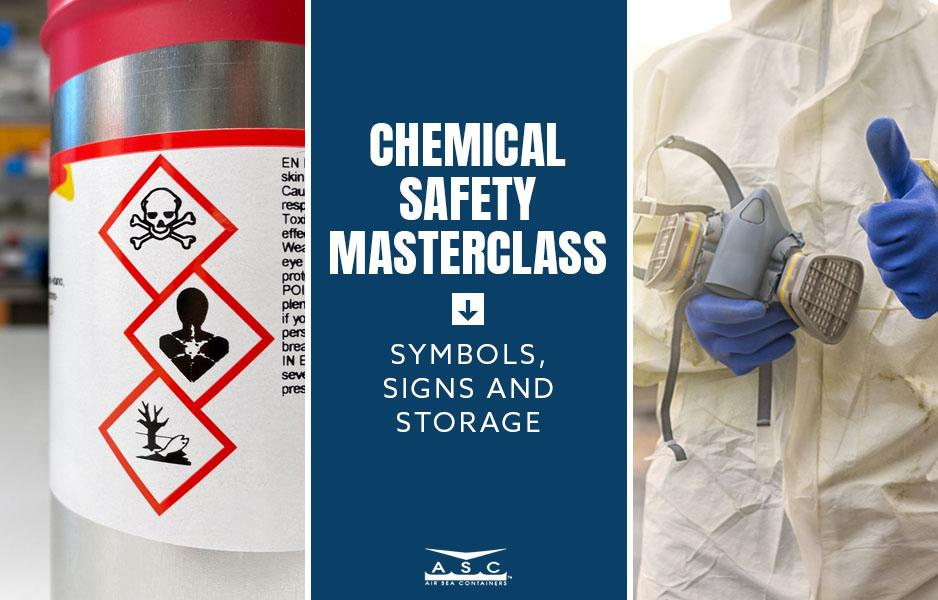When it comes to properly managing and disposing of hazardous waste, understanding the exact types of waste your business creates is vital. Due to strict regulations, hazardous waste cannot be simply thrown out with the rest of your trash. Instead, it must be disposed of in a manner that complies with strict government policies.
Further complicating matters is the fact that not all hazardous waste is treated the same. There are a number of specific types, and each must be disposed of accordingly. According to the EPA, there are four distinct types: listed, characteristic, universal and mixed. Let’s take a closer look at each of these types and the proper procedures for disposal.
Get Hazmat Placards for Safe Storage and Transporation
1. Listed Waste
Listed waste is broken down into four lists: F-list, K-list, P-List and U-list. The F-list includes non-specific source wastes from common industrial and manufacturing processes, such as solvents used in degreasing and cleaning operations. They are categorized as wastes from non-specific sources because they can be generated in various sectors of industry.
The K-list includes specific wastes from certain industries, such as pesticide manufacturing or petroleum manufacturing. These treatment and production processes generate certain types of wastewater and sludge that are classified as source-specific hazardous wastes.
The P-list and the U-list both include discarded commercial chemical products in an unused form. Certain pharmaceutical products and pesticides, for example, are classified as hazardous waste when discarded.
2. Characteristic Waste
Characteristic wastes do not fit into any of the categories listed above but are still classified as hazardous waste because they exhibit one of four characteristics: Ignitability, corrosivity, reactivity or toxicity.
Ignitable wastes are those that can create fires, have a flash point of less than 140 degrees Fahrenheit or are spontaneously combustible. Corrosive wastes are bases or acids that are capable of melting metal containers, such as drums, storage tanks and barrels. Reactive wastes, such as lithium-sulfur batteries, are unstable under normal conditions, and toxic wastes are fatal or harmful when absorbed or swallowed.
Proper hazardous material labeling requires that wastes with any of these characteristics be identified with the correct hazardous material placards or labels.
3. Universal Waste

Universal wastes include pesticides, batteries, mercury-containing equipment and bulbs. The EPA streamlines the management of these commonly-generated types of waste to ensure proper treatment or recycling and keep them out of landfills.
4. Mixed Waste
Mixed waste contains both hazardous and radioactive waste components. Regulation and collection of this type of waste is complex and is overseen by numerous agencies, including the U.S. Nuclear Regulatory Commission, the U.S. Department of Energy and the EPA.
Identification of Hazardous Waste
The hazardous waste identification process is the first step in proper hazardous waste disposal. Correctly determining the type of waste you are dealing with ensures that the steps you take to get rid of it are appropriate for the type.
The HWID process involves determining the answers to four questions: Is the material a solid waste? Is the waste excluded from the Resource Conservation and Recovery Act? Is the waste specifically listed as hazardous waste? Does the waste have one of the four characteristics of hazardous waste?
Determining whether a waste is hazardous is the responsibility of the waste generator. Knowing the answers to the above questions helps you determine into which of the categories listed above your waste fits, if any. With this information in hand, you can better determine how and where to dispose of waste generated by your company.
Shop UN-Certified Hazmat Shipping Boxes
Hazardous Waste Disposal
Businesses are required by law to dispose of hazardous waste in a manner that protects the environment and prevents people from being exposed to it. Most companies that generate hazardous waste ship it to permitted treatment, storage and disposal facilities, or TSDFs. The facilities include solvent reclamation facilities, hazardous waste landfills, fuel blenders and incinerators.
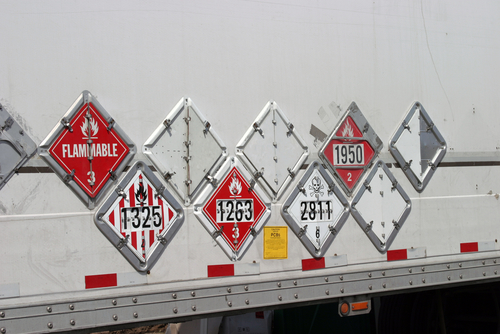
Prior to shipment, all hazardous waste must be carefully separated. This must be done for both safety and economic purposes. All shipments must comply with U.S. Department of Transportation Hazardous Materials Regulations. Proper hazardous material labeling is mandatory, and all shipments must display the appropriate hazardous material placards. Shipments must be accompanied by a hazardous waste manifest and transported by an approved transporter.
Properly disposing of hazardous waste protects the environment and helps prevent death and injury. Understanding the various types of hazardous waste allows you to properly categorize and dispose of the waste generated by your business.

